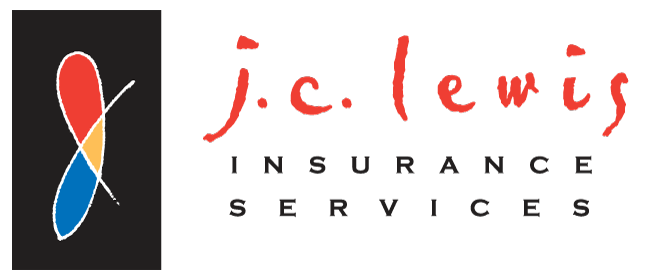Choosing a group health insurance plan can be time-consuming and confusing for business owners. In addition to costs to the company, there is a wide range of plans, insurance providers and coverage options to consider.
However, many small business owners do focus on costs and too often neglect the needs of their employees.
Basics to Consider for Your Employee’s Health Insurance
As a small business owner, you’re exempt from the ACA’s shared responsibility provision if you have fewer than 50 employees. Consequently, you aren’t legally required to pay a percentage of your employee’s health insurance premiums.
However, you can if you choose to. In fact, your options come down to paying 100 percent of your employees’ premiums, only paying a portion of them, or simply requiring that your employees pay the full cost of monthly premiums themselves.
It may not be surprising to learn that most small businesses do contribute to employee premiums. According to the Kaiser Family Foundation’s Employer Health Benefits 2019 Annual Survey:
- Small employers, on average, paid 84 percent of employees’ single coverage premiums, and 60 percent of family coverage premiums.
- Over 30 percent of covered employees at small companies are enrolled in a plan where the employer pays the entire premium.
- 97 percent of small employers who offered health insurance plans contributed at least half of the premiums.
While, as a business owner, you do need to factor in your own affordability and the costs of providing health insurance to your staff, you also want to be careful to provide what they actually need in health care coverage.
First of all, it must be a major medical plan, which means it covers the 10 essential benefits. In addition, it must have no lifetime or annual benefit maximums and must adhere to the consumer protections outlined in the Affordable Care Act (ACA).
Let’s look at some other common essentials that make for the best health insurance fit for your employees.
According to an article at The Benefits Guide website, you should consider these five factors:
Coverage Fundamentals
In order to qualify under the Affordable Care Act, the plan must offer minimum essential coverage (MEC). The coverage must also provide minimum value in order to cover all the bases. This means your plan must cover at least 60 percent of the total allowed cost of benefits that are expected to be incurred.
Premiums
One of the first things your employees will notice is the plan’s premium costs. In order to avoid certain penalties under the ACA, the cost to the employee can’t exceed 9.5 percent of their household income.

Deductibles and Out-of-Pocket Maximums
Two other numbers will likely grab employees’ attention: the deductible amount and the out-of-pocket maximum. While the premium contribution represents their up-front cost, deductibles and out-of-pocket maxes help them approximate their total costs.
Health Savings Accounts (paired with a High Deductible Health Plan)
These are accounts with special tax treatments designed to help employees pay for health care. Companies can also contribute to their employees’ HSAs to help offset the costs. Any employer considering a high-deductible plan should also consider implementing a linked HSA.
Number of Plan Options
Employers may offer multiple coverage options, some of which meet ACA requirements and some of which may not. As long as employees have the opportunity to enroll in a plan that’s considered affordable and provides minimum value, it doesn’t matter if the employee chooses a coverage option that doesn’t meet those standards.
In addition to the basic elements, there are other considerations that are important to your employees.
Employee Essentials to Consider When Choosing Your Group Health Insurance Plan
A great way to make sure that you are making the right choices with health insurance plan options is by discussing it with your employees. This can help you determine the needs of each employee or different sets of employees.
For example, if your workforce is composed largely of older, “Baby Boomers” it is safe to assume their medical and health care needs are going to be greater than a staff composed mostly of Millennials.
In addition, you should consider the anticipated medical requirements and their general ability to pay premiums based on your employees’ income.
One firm suggests that,
“Companies could consider factors such as the employees’ age, family members, medical conditions and salaries and bracket employees in certain predefined categories. Employers can then find the most suitable health plan for the different groups of employees. For example, employers could go for an individual plan that covers only the employee or a triple cover that covers the employee’s spouse and children, for those employees that prefer coverage for their family members, too.”
Getting Professional Assistance With Your Group Health Insurance Plan Choice
As a small business owner, you understand the wisdom and value in the services of industry experts. It’s no different when it comes to small business health insurance.
As a family-owned and operated California health insurance agent licensed to do business in California, we specialize in medical insurance plans for small businesses, as well as for individuals and families, and people with Medicare.
At J.C. Lewis Insurance Services, we can tailor our recommendations to your particular needs since we are licensed with most major carriers in California. You save time and money, and we can quickly define your particular needs and recommend the best products and price to meet those needs.


